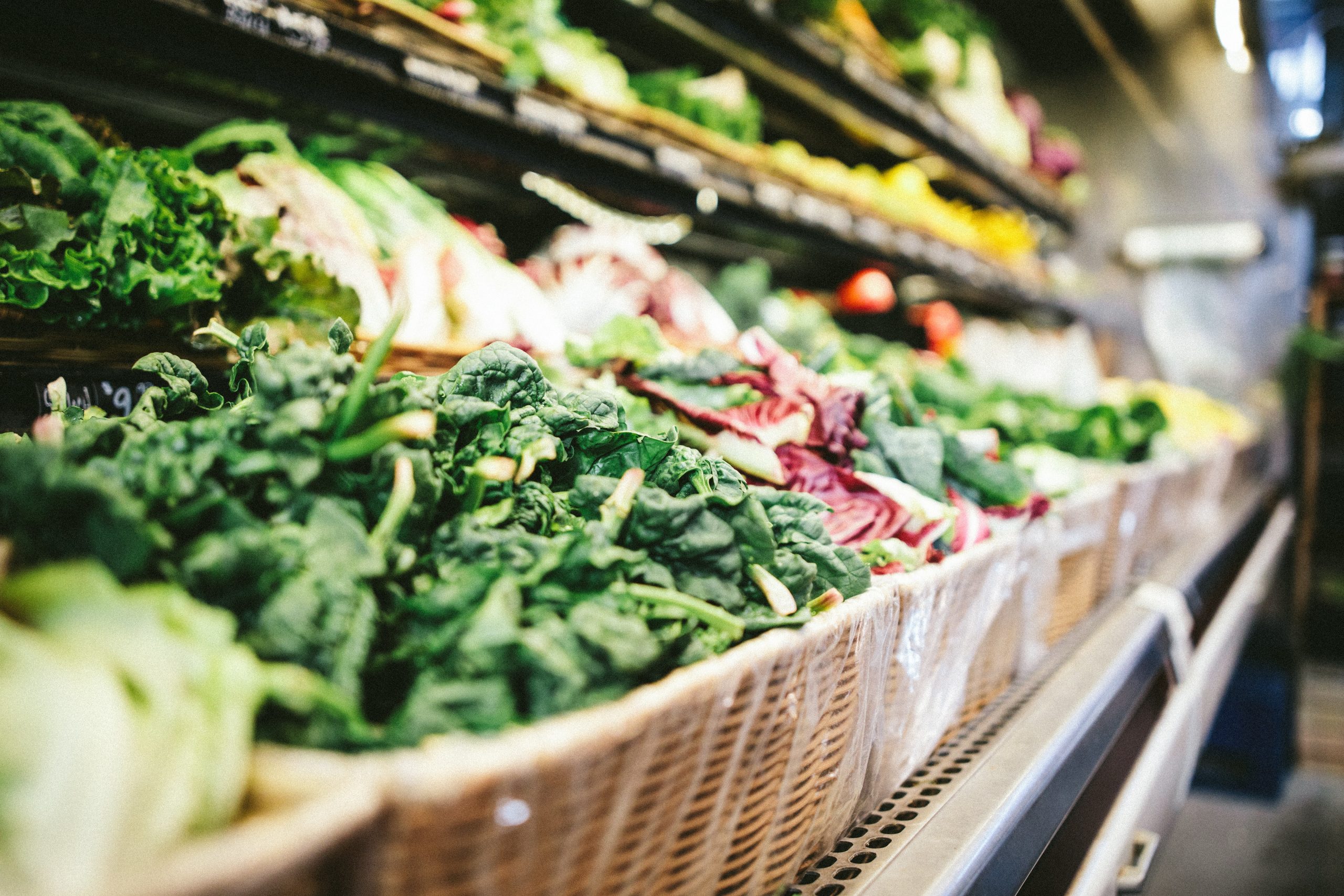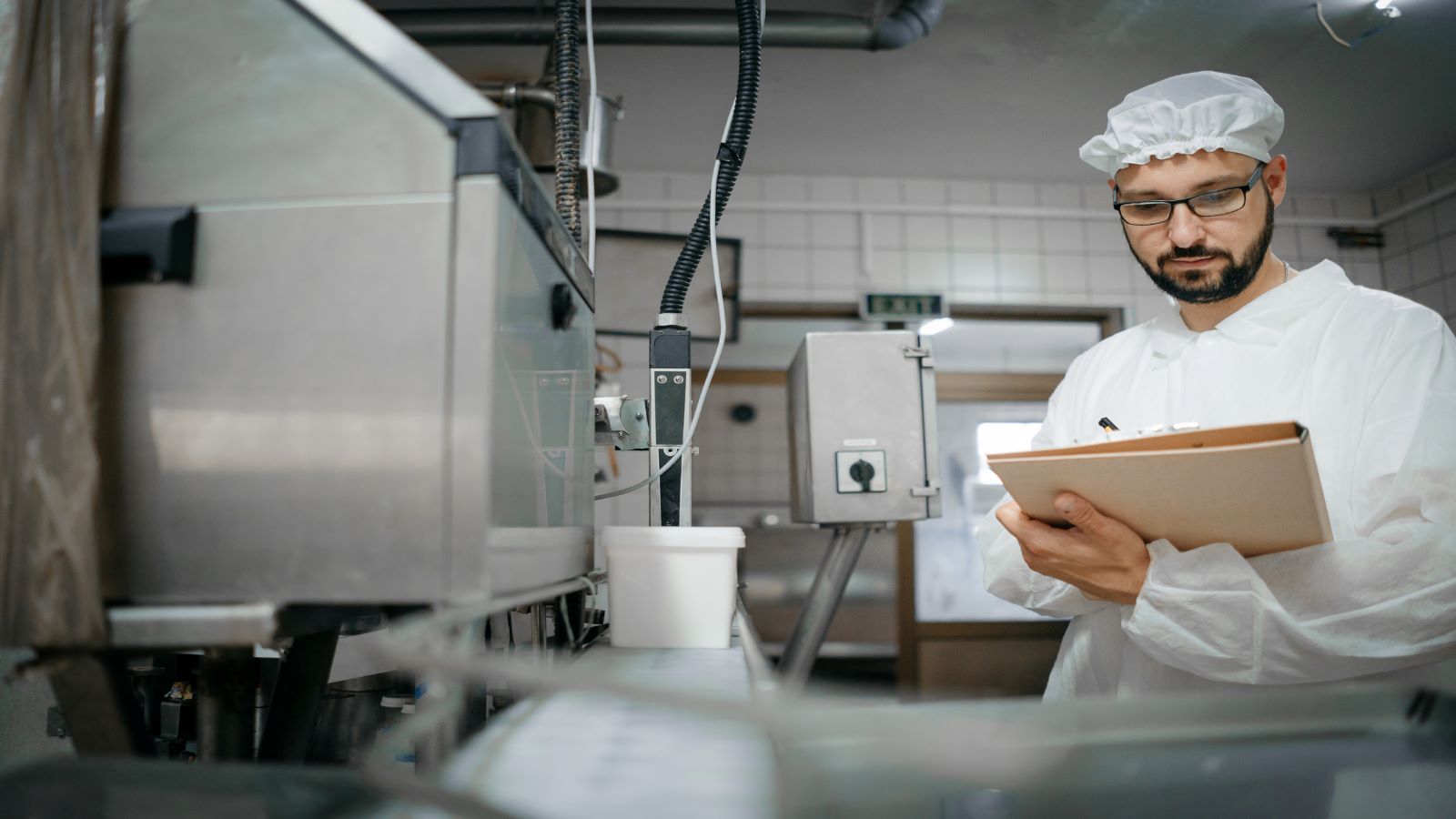Some Exciting Technologies Are Making Food Safety Testing More Manageable, Contributing to Consumer Satisfaction.
Food safety testing implies using numerous methods and tools to detect the risk factors regarding the consumption of a specific food item. The increase in food trade and import and export across borders, upsurge in demand for convenience foods, and change in lifestyle for many people have pushed the food safety testing market to strengthen the practices used in the process and implement advanced technologies so that the final product meets the highest safety standards. Food items can quickly become contaminated at any point of production or distribution, so specialists in the field must be continuously vigilant in monitoring the products. Investment in research and tech is the solution to improved testing and keeping abreast of the challenges imposed by an ever-changing industry.
Some measures managed, though, to be more fruitful than others, so here are the top technologies used in this regard:

Current Microbiological and Testing Methods
Food producers benefit from a broad range of testing methods to evaluate the quality and safety of their food items. In the case of chemical testing, they employ both traditional analytical techniques, such as “wet chemical” methods, and modern approaches, including mass spectrometry (MS), gas and liquid chromatography, and infrared (IR) spectroscopy.
Mass spectrometers are some of the most commonly used devices for chemical testing, as they ensure accuracy and efficiency, especially when used in association with gas or liquid chromatography. The main advantage of this type of devices is that they allow for highly complex food matrices. Traditional microbiological testing of food usually includes biochemical assay or culture-based methods relying on selective agars. Bimolecular and DNA-based techniques have surged in popularity, being used to detect food allergens, potentially harmful pathogens, or other microorganisms and substances. Besides, these techniques help validate product claims concerning the source of species of the related food, hence eliminating food fraud and food counterfeiting.
Innovations in Chemical Testing Methods
The number of available microbiological and chemical testing techniques continues to rise as researchers study this complex field. Thus, innovative instruments have entered the market and facilitated chemical contaminants analysis, simplifying the sample preparation process. Sample preparation methods like QuEChERS became the favored technique for the chemical assessment of pesticide residues in vegetables and fruits and other contaminants found in wine, fish, meat, and so on.
The spectrometer device has also evolved, becoming used in laboratories to determine risk factors related to environmental pollutants and chemical contaminants in the food supply chain.
Microbiological Testing Innovations
Speed and accuracy in microbiological food testing are the most important aspects the food industry needs to rely upon. Real-time results are no longer optional but necessary, given the amount of food that has to be evaluated daily. Fortunately, specialists can use modern techniques, and among the most impactful are:
DNA-based fingerprinting methods
One of the most employed technologies to ascertain food safety is related to DNA-based fingerprinting. That’s because this testing method’s main strength is its specificity. Foodborne pathogens are much more easily detected as next-generation sequencing (NGS) technology is applied. Such techniques are employed to identify specific nucleic acid sequences in the assay, as this tech advancement helps hybridize the microorganism into small synthetic oligonucleotides. The absence of pathogenic microorganisms is the ultimate goal of any manufacturer and consumer, and for this to be achieved, automated polymerase chain reaction (PCR)-based technology is often applied. This is one of the fastest expanding DNA-based techniques, providing unbelievably rapid and high-accuracy turnaround times. Several other methods have been developed following this approach, including qPCR and RT-PCR, also used in the Covid-19 tests.
Biosensor-based methods
Even if they’re less used than DNA-based techniques, biosensor-based methods provide a very meaningful benefit: real-time testing. Devices relying on biosensors usually comprise three critical elements, i.e., a data output mechanism, a procedure of transforming the collected molecule-target interaction into a signal, and, of course, the biological capture molecule. Multi-pathogen detection, portability, and real-time detection are possible in both field and laboratory environments; the thing is that biosensor-based techniques need to be promoted more.
Culture-based tests
Some of the most popular immunological assay methods include Enzyme-Linked Immunosorbent Assay (ELISA) and its slightly novel version, Enzyme-Linked Fluorescent Assay (ELFA), and also diagnostic test kits for microbial toxins and bacterial pathogens. These methods offer a great degree of accuracy and specificity, so they’ve started to be massively employed in food testing.
Light technologies – are they here to stay?
The food industry recently started to employ light technology as an alternative to water-based microbial and chemical technologies. The results aren’t to be neglected, as light has managed to prove incredible merit: sanitizing and disinfecting a range of products in a shorter period of time than other techniques aimed at the same purpose. Light is used as a kill step to eradicate pathogens from food, making it safe for consumption. Some popular methods based on this technology include ultraviolet (UV) light and plasma light testing. The former has long served as an efficient and inexpensive solution to food decontamination; however, the latter is truly fascinating.
A recent study from the Journal of Food Engineering proved pulsed light’s potential, revealing that this tech could be used for microbial inactivation in various foods, including poultry products, dairy products, grains, seeds, and fruits. Pulsed light continues to be tested in an industrial setting on other food items, such as eggs. It differentiates from other light testing methods, as it’s deployed on a food conveyor, meaning that a high intensity of light is applied to the item as it passes by. According to expert Ed Mills, conventional UV light treatment would deliver the same results in a more extended period of time than pulsed light treatment.
Food manufacturers and producers are highly advised to make NGS technology and other relevant innovations in food testing more accessible. But for this to happen, they must commit to adopting Hazard Analysis and Critical Control Points (HACCP) management, abide by regulations, train staff robustly, and develop comprehensive environmental monitoring programs.
